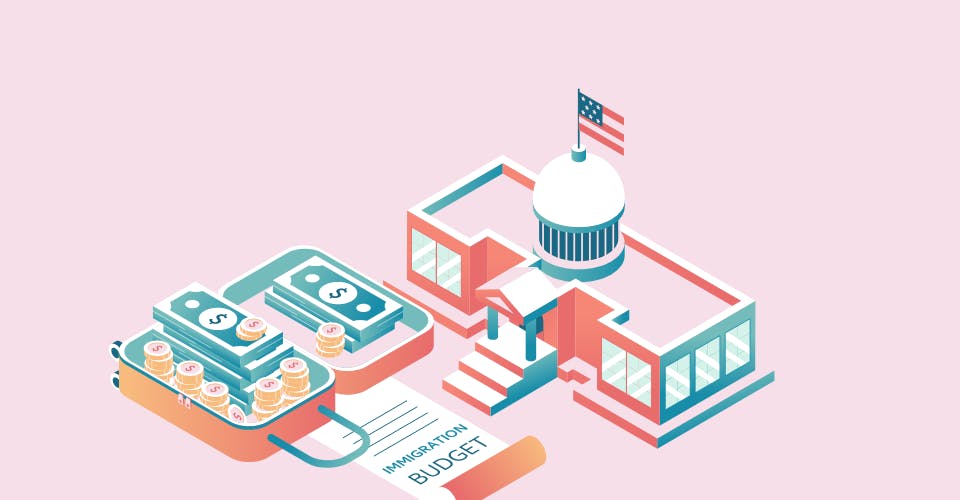The Democrats are unveiling a new budget plan in Washington this week, and expect to pass new legislation on childcare, climate change, healthcare, and immigration by September 15th.[1] The 3.5 trillion dollar budget, which goes over the current debt ceiling, is meant to prioritize issues that have long been ignored in the United States, such as what to do with deferred action recipients who cannot receive legal permanent residence in the United States, as well as repairing critical infrastructure in the country and combatting climate change.
For our purposes, and for the blog, we will be focusing on legal immigration matters and how the budget might affect immigration policy in the coming weeks. There are several sub-components of the immigration debate that will be decided on in the budget and they are worth examining more closely.
Background
First off, the main issues that will need to be resolved, or brought to the table when it comes to U.S. immigration (disregarding asylum and refugee cases) are the following:
1. How to hold employers accountable for hiring undocumented workers.
2. Whether or not DACA recipients will be eligible to apply for green cards or adjustment of statuses during the current fiscal year.
3. Whether or not undocumented workers will be able to apply for citizenship at some point.
Possible Outcomes
It is difficult to say how these issues will fare when it comes to Democrats and Republicans. It has been fairly clear for many years now that Republicans are expressly opposed to giving undocumented immigrants any rights or any path to legal citizenship. Their reasoning stems from strong identitarian leadership that sees U.S. citizenship as a right and privilege for only native-born citizens (and immigrants who have come to the U.S. legally). They are less willing to make concessions for undocumented workers because of their base as well.
The Democrats of course want to make more allowances, and in terms of all three issues listed above, want to see the most benefit of the doubt given to foreign nationals.
As such, it is possible that one outcome will be that the Democrats and Republicans will agree to grant LPR status to existing DACA recipients. This does not include those who are already in the U.S. and qualify for DACA but haven’t been able to file yet. In addition, both Dems and Republicans will be likely able to agree on the fact that employers should be accountable for hiring those without working authorization, but might disagree on the severity of the punishment.
One aspect of U.S. immigration that both sides can get behind, is the tax revenue that will support different U.S. states if Dreamers are allowed to become green card holders and participate in the working economy in a more meaningful way. Some estimates say that overall U.S. states can benefit from millions of dollars earned in tax revenue from creating a path to green card status for DACA recipients. It will incentivize such holders to be able to buy property, apply for new jobs, and not take employment offers of being paid under the table.














